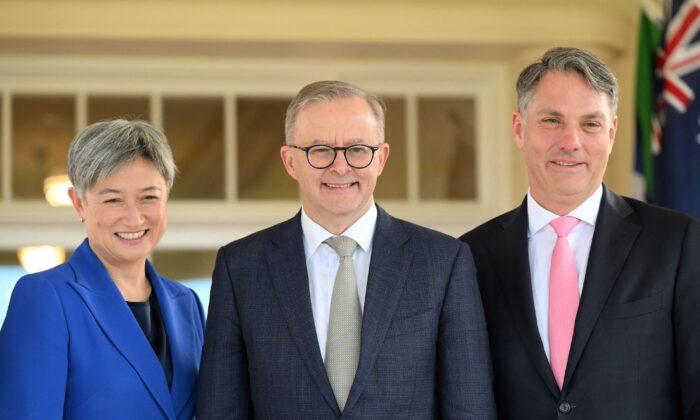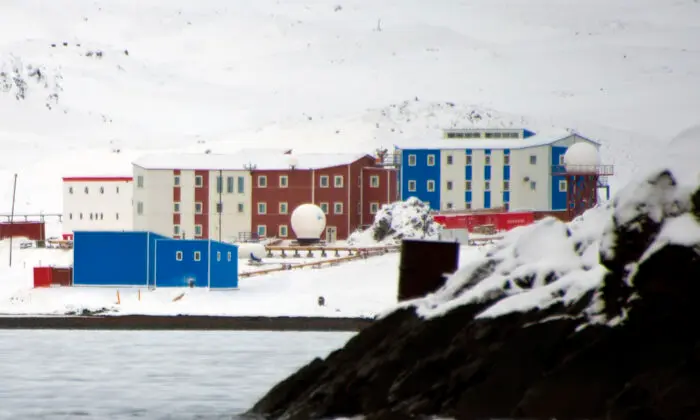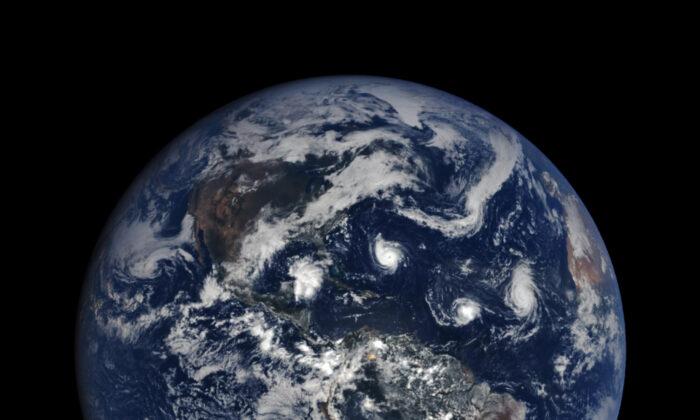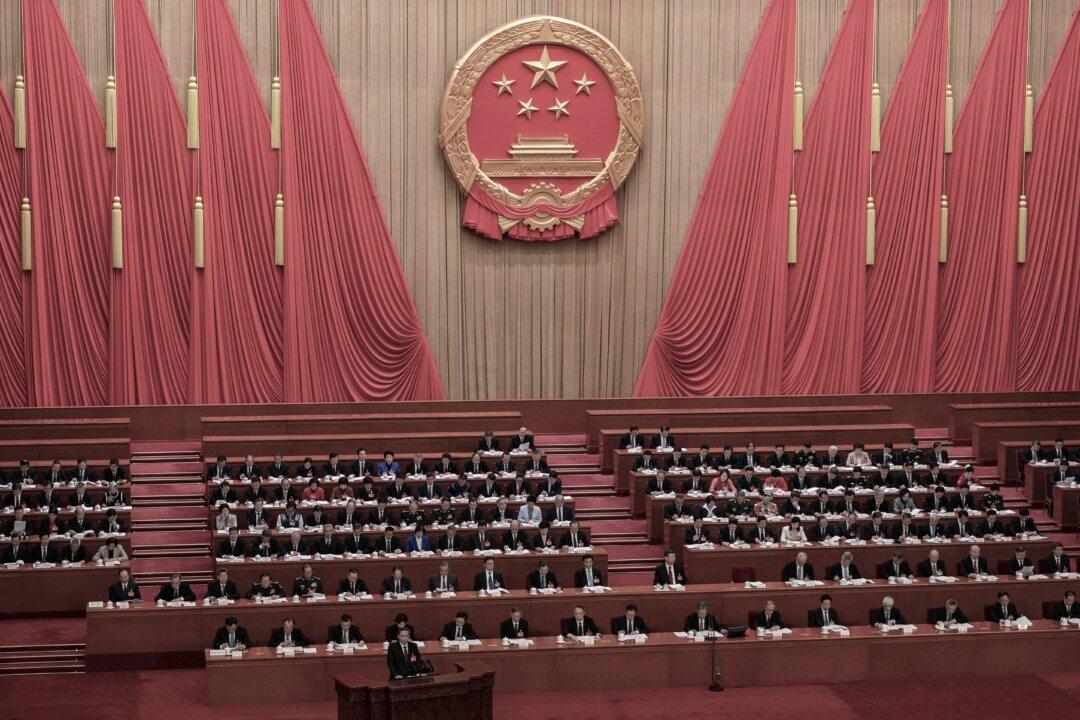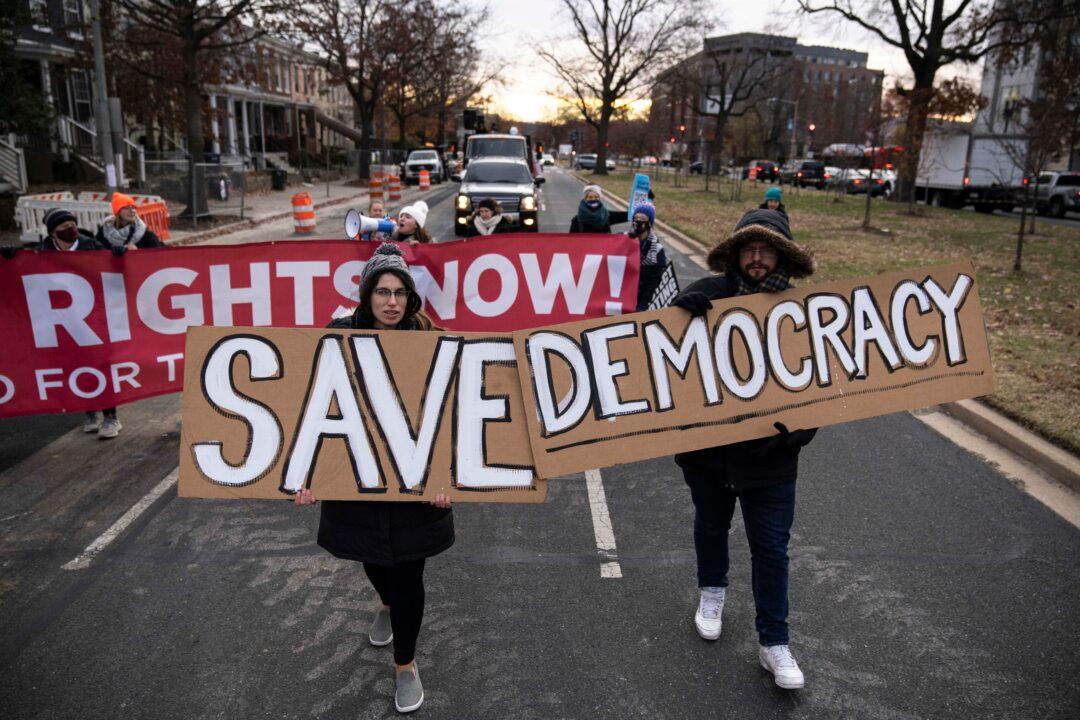Australia has a new prime minister, its 31st—the Australian Labor Party (ALP) center-left leader Anthony Albanese—as a result of an election on May 21, which saw both major parties suffer dramatic losses of support.
The country’s unique system of preferences means that the votes for smaller, losing parties are reallocated by voters to candidates who have passed a threshold primary vote level. It was this system of preferences that pushed Labor candidates over the line, even though they had only 30 percent of the primary vote.
Indeed, no government in Australia has ever been elected with such a small percentage of the primary vote.
It was an outcome that provided relief for the Chinese Communist Party (CCP) leadership, which had worked hard to discredit the outgoing prime minister, Scott Morrison, who had taken a hard line against Beijing, particularly over the origins of COVID-19.
The ALP had promised better relations with Beijing if it was elected.
Apart from the dissatisfaction with the major parties, the political chaos resulted from a “color revolution,” financed by ultra-left wealthy donors who sponsored what were called “teal independents,” who all supported green-left policies. These sponsors—led by Simon Holmes à Court, heir to a business fortune, aided by the GetUp ultra-left movement—effectively bought the election.
During the day after the election, it was not apparent whether Labor could end up with enough seats in the House of Representatives to form a majority government. In the event, it could not form a majority government. So Australia has a hung parliament.
After being sworn in on May 23, Prime Minister Albanese flew to Tokyo with his new minister of foreign affairs, the pro-China (and Malaysian-born) Penny Wong, on May 24. There they would meet with U.S. President Joe Biden, Indian Prime Minister Narendra Modi, and Japanese Prime Minister Fumio Kishida for a summit of the Quadrilateral Alliance, the key bloc that contains communist China.
Albanese left his deputy, Richard Marles, in Canberra as acting prime minister. Marles has had at least 10 meetings with CCP officials in Canberra and Beijing, most without Australian foreign affairs officials present. Although ostensibly representing the center-right of the ALP, he, too, has vowed to improve Canberra-Beijing ties.
Meanwhile, the “teal independents,” along with the Greens, now effectively control the balance of power in the next Australian parliament, where, as a result, no absolute power can be exerted by the government. All but two of the 22 teal candidates were women, all ran in exclusively urban electorates, and all ran exclusively against Liberal Party candidates. Six of them won their seats. Their theme was climate change ideology, and all received financial and management support from the Climate 200 movement of Simon Holmes à Court.
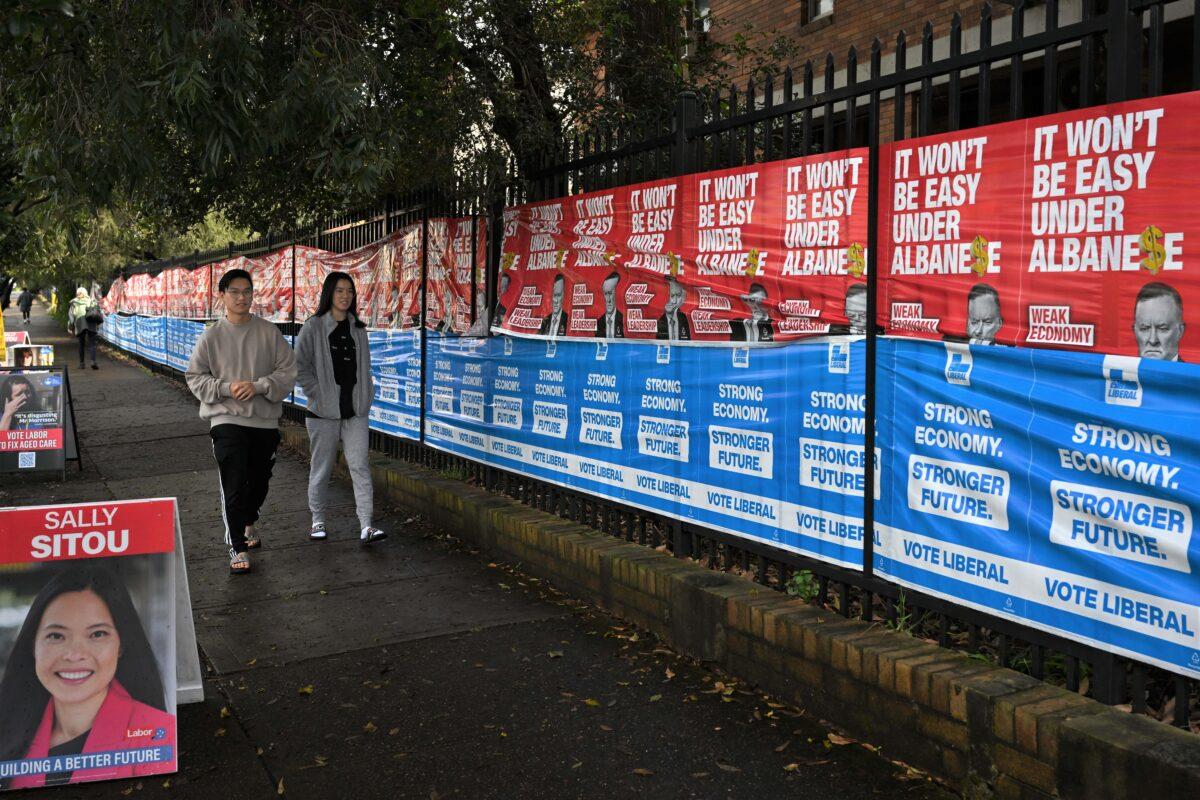
Essentially, between the teals and the Greens, both the Liberal and Labor parties lost much of their primacy in the cities.
Significantly, the Liberal Party’s traditional coalition party in government (and opposition) has been the National Party. All of the National Party candidates—all in rural areas, and all, essentially, are conservatives—retained their seats. So the election showed how Australian politics, like politics in the United States and Britain, has moved into an urban-rural divide.
This trend was forecast in my 2012 book, “UnCivilization: Urban Geopolitics in a Time of Chaos.” And what is significant is that the climate change and renewable energy intellectual center is in urban areas rather than rural areas, where climate and resource issues are actually significant.
So while the newly hung parliament and the teals and Greens are likely to focus on domestic Australian politics, the new ALP government’s foreign and strategic policies are likely to get less scrutiny. Within the strategic framework, the Albanese government has promised to accommodate China at a time when Beijing has posed a direct threat to Australian interests and influence in the South Pacific and Southeast Asia.
The Albanese government has also exhibited far less enthusiasm than the outgoing government for the new Australia-United Kingdom-United States (AUKUS) security pact at a time when the U.S. government under Biden has shown only marginal interest in AUKUS.
The ALP has historically been profoundly opposed to any use of nuclear energy in Australia, and the AUKUS alliance was, from Australia’s viewpoint, about bringing the U.S. and British nuclear propulsion technology to a new generation of Australian submarines.
So the question is whether, under Labor, the AUKUS goal of getting nuclear-powered submarines for the Royal Australian Navy will be quietly pushed aside. Moreover, the Biden administration’s focus on the Euro-Atlantic region—particularly with the Russia-Ukraine conflict—has meant that, at least by default, both Washington and Canberra will have pulled pressure off the CCP leadership in Beijing.
In the meantime, Morrison has resigned as leader of the Liberal Party, and he seems likely to be replaced by former Defense Minister Peter Dutton. He would be a strong opposition leader who would likely put more definition back into the Liberal Party’s ideological image.
However, the question is what can happen to Australia and to the strategic framework of the Indo-Pacific in the coming three years of the Albanese government in Australia and the Biden administration in the United States?
